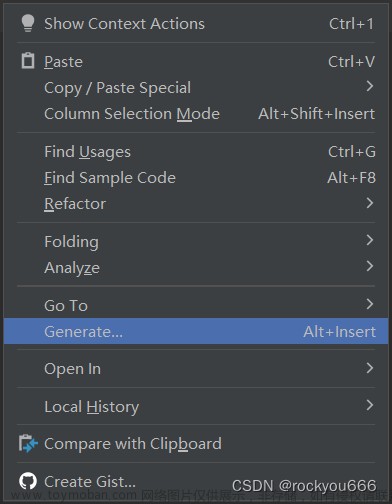1,关键字by修饰类,表示类委托
interface Animation{
fun eat()
}
//动态代理
class Dog:Animation{
override fun eat() {
println("dog eat oligarch")
}
}
class DogProxy:Animation by Dog(){
}
2,关键字by修饰变量,实现属性委托
var name:String by NameDelegate()
class NameDelegate:ReadWriteProperty<Any?,String>{
override fun getValue(thisRef: Any?, property: KProperty<*>): String {
println(property.name)
return property.name
}
override fun setValue(thisRef: Any?, property: KProperty<*>, value: String) {
println(value)
}
}
3,operator修饰方法,表示重写操作符文章来源:https://www.toymoban.com/news/detail-801986.html
lateinit var mList:MyList<Int>
mList.plus(1)
mList+1
interface MyList<out T>{
fun get(index:Int):T
operator fun plus(t: @UnsafeVariance T)
operator fun div(t: @UnsafeVariance T)
operator fun minus(t: @UnsafeVariance T)
}
kotlin所有运算操作符:文章来源地址https://www.toymoban.com/news/detail-801986.html
| 一元操作符(Unary Operators) | ||
| +a | a.unaryPlus() | |
| -a | a.unaryMinus() | |
| !a | a.not() | |
| a++ | a.inc() | |
| 二元操作符( Binary Operators) | ||
到了这里,关于Kotlin特性学习笔记的文章就介绍完了。如果您还想了解更多内容,请在右上角搜索TOY模板网以前的文章或继续浏览下面的相关文章,希望大家以后多多支持TOY模板网!








